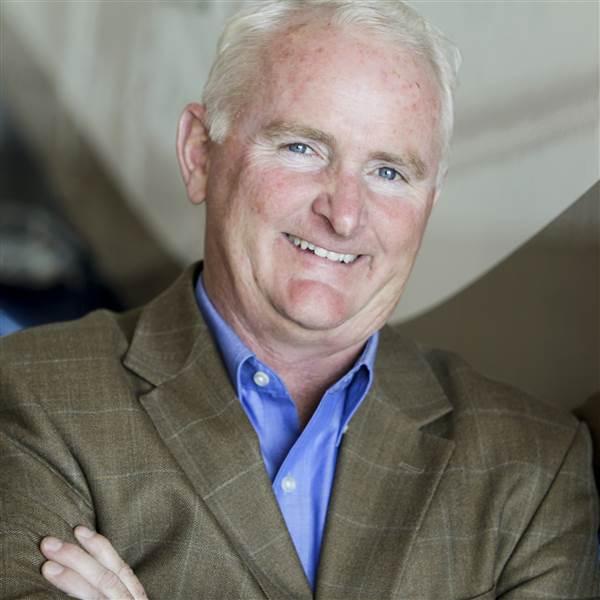Presidennt's Position: Soaring through ceilings
Inspiring and supporting women pilots
In the early twentieth century, Amelia Earhart defied the odds when she became the first woman to fly solo across the Atlantic Ocean. She was and still is considered a champion for women in aviation having set record after record in her short life. History books, biographies, and documentaries classify her as a great female aviator, and her legacy lives on in the countless women who prove that a “great female pilot” is simply a great pilot.
Aviation was a boys’ club in its early days, and it still isn’t much better today. Just think about the last time you flew commercially. “On behalf of the flight crew, let me welcome you aboard….” Passengers tend to mindlessly ignore the inflight announcements except when it comes from the higher-pitched voice of a female captain.
Even though we live in the twenty-first century, women working in male-dominated industries deal with belittlement every day. In 2018, a young female pilot’s tweet went viral for calling out male passengers who made jokes about her gender saying they wouldn’t have boarded had they known she was flying. But it’s clear the pilot had the last laugh after tweeting, “Fact is, I can fly an £80m jet, you can’t.”
People are often surprised to see women flying. From pilots, astronauts, air traffic controllers, maintenance technicians, business owners, educators, flight attendants, airshow performers, and airport managers, women have long been making waves in aviation.
Although women make up just 7 percent of pilots, they are continuing to inspire new generations of girls to write their own history and be a part of this amazing experience of flying. As fellow pilots striving to make GA more accessible, it’s our job to welcome them. But the industry hasn’t always been so inclusive and, historically, women have had to overcome challenges and break through barriers.
During World War II, Women Airforce Service Pilots, also known as WASP, received the same military training as their male counterparts and did some of the most important jobs, from ferrying aircraft to training, and even acting as test pilots. Although part of the greatest generation, WASP were not considered active duty military and were forbidden to be buried at our nation’s most hallowed ground—Arlington National Cemetery. In 2002, a decision allowed the heroines into the cemetery, but it was quickly reversed. It wasn’t until the granddaughter of WASP Elaine Harmon started a petition fighting for her grandmother and all other surviving WASP to be buried in the famous cemetery that things changed. In 2016 it was announced that WASP were allowed back in.
Female aviators in the Navy, Army, and Air Force could only train and do noncombat jobs until 1993 when restrictions on female pilots flying combat missions were lifted. That was thanks to Rosemary Mariner, who shattered barriers, becoming one of the first female fighter pilots in the Navy. To honor her life and accomplishments, the first ever all-female fighter pilot flyover took place in a ceremonial tribute in February.
Women have come a long way in the industry, but the underrepresentation is still surprising. At one of our fly-ins, a member reluctantly told a story of how his daughter said she didn’t know girls could be pilots. He was in disbelief but took it as an opportunity for us all to do better; I’m sure there are plenty of other young girls who have the same mindset.
That’s why it’s important for the GA community to change that perception. We should take more initiative to welcome female pilots and those who show interest in this great hobby of ours. To quote champion aerobatic aviatrix Patty Wagstaff on gender: “Do you think the airplane knows—or cares?” (See “The 7 Percent,” p. 82.)
AOPA is working to inspire a new generation of youth to pursue careers in aviation with its high school aviation science, technology, engineering, and math (STEM) curriculum. Especially for young people and students who don’t come from an aviation family, the high school classes can become a starting point. The You Can Fly curriculum is designed to instill the love of flying in young people as our industry faces an ever-present pilot and workforce shortage.
So far, I am very proud of the curriculum effort. The program has exceeded our expectations with nearly 2,000 enrolled students, of which 25 percent are female and 51 percent are minorities.
But there is still more work to be done. As a community of pilots, we should strive toward a future where a woman’s voice on the radio, presence in the cockpit, or gold epaulets on her shirt isn’t shockingly out of the ordinary.
Email [email protected]



